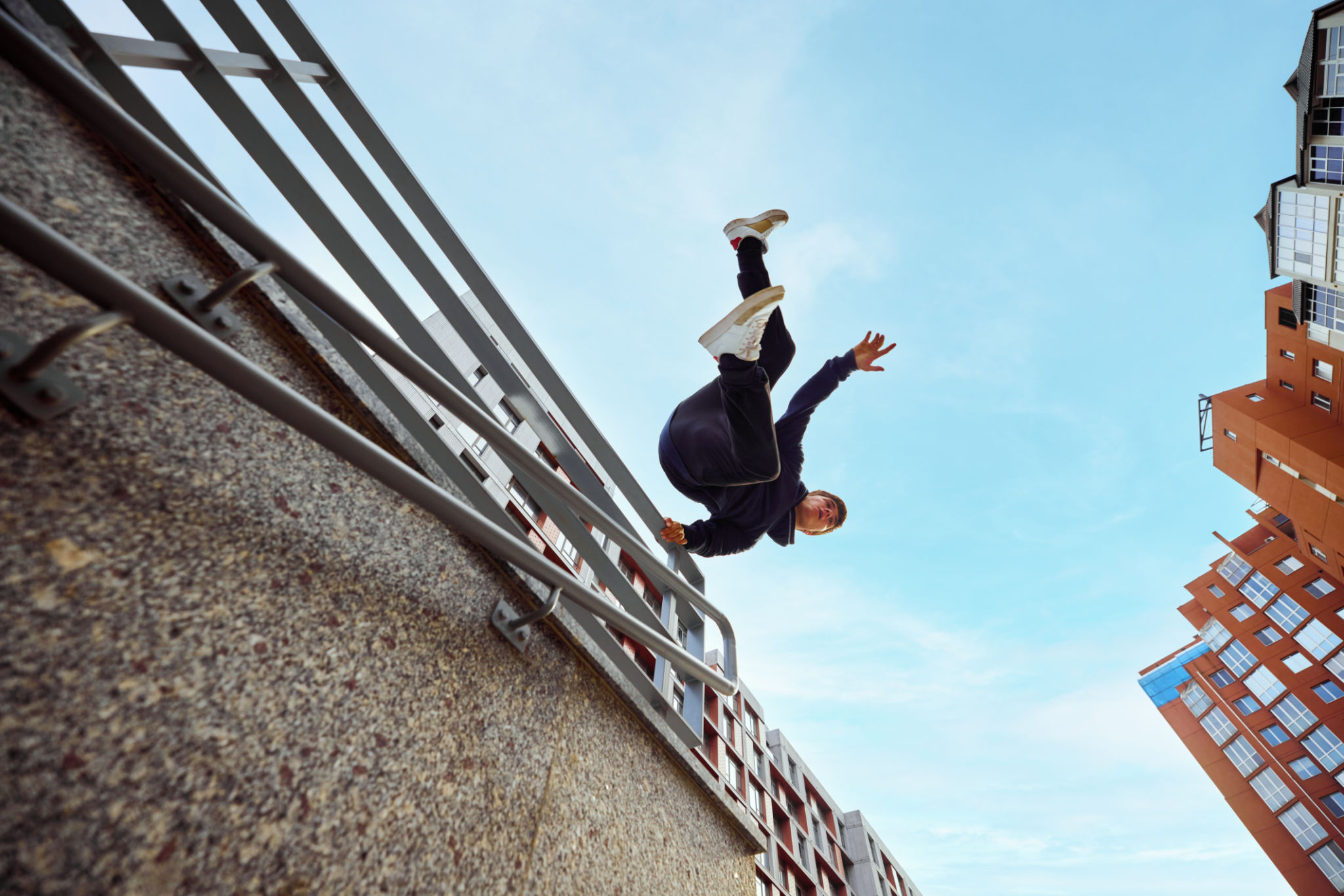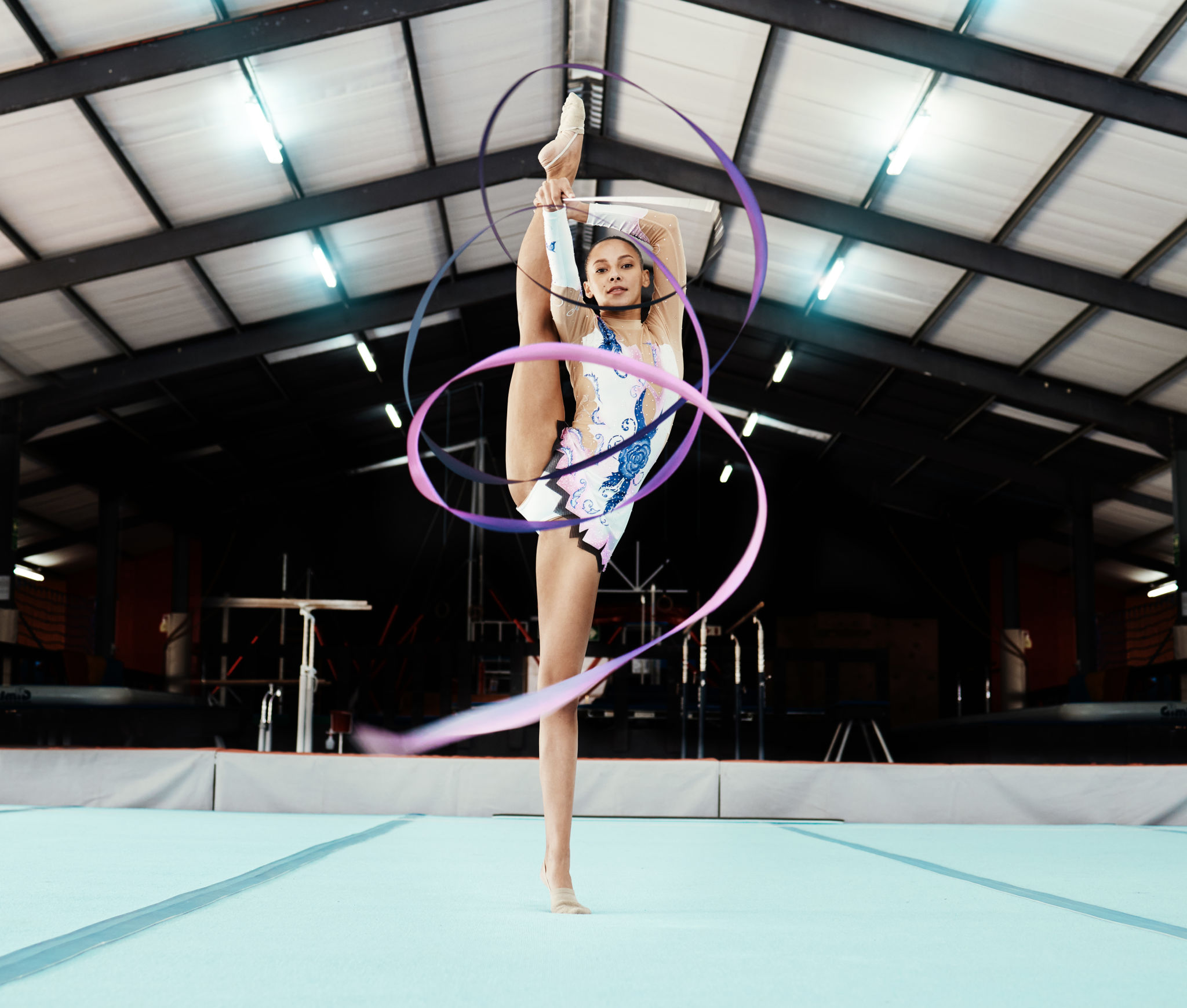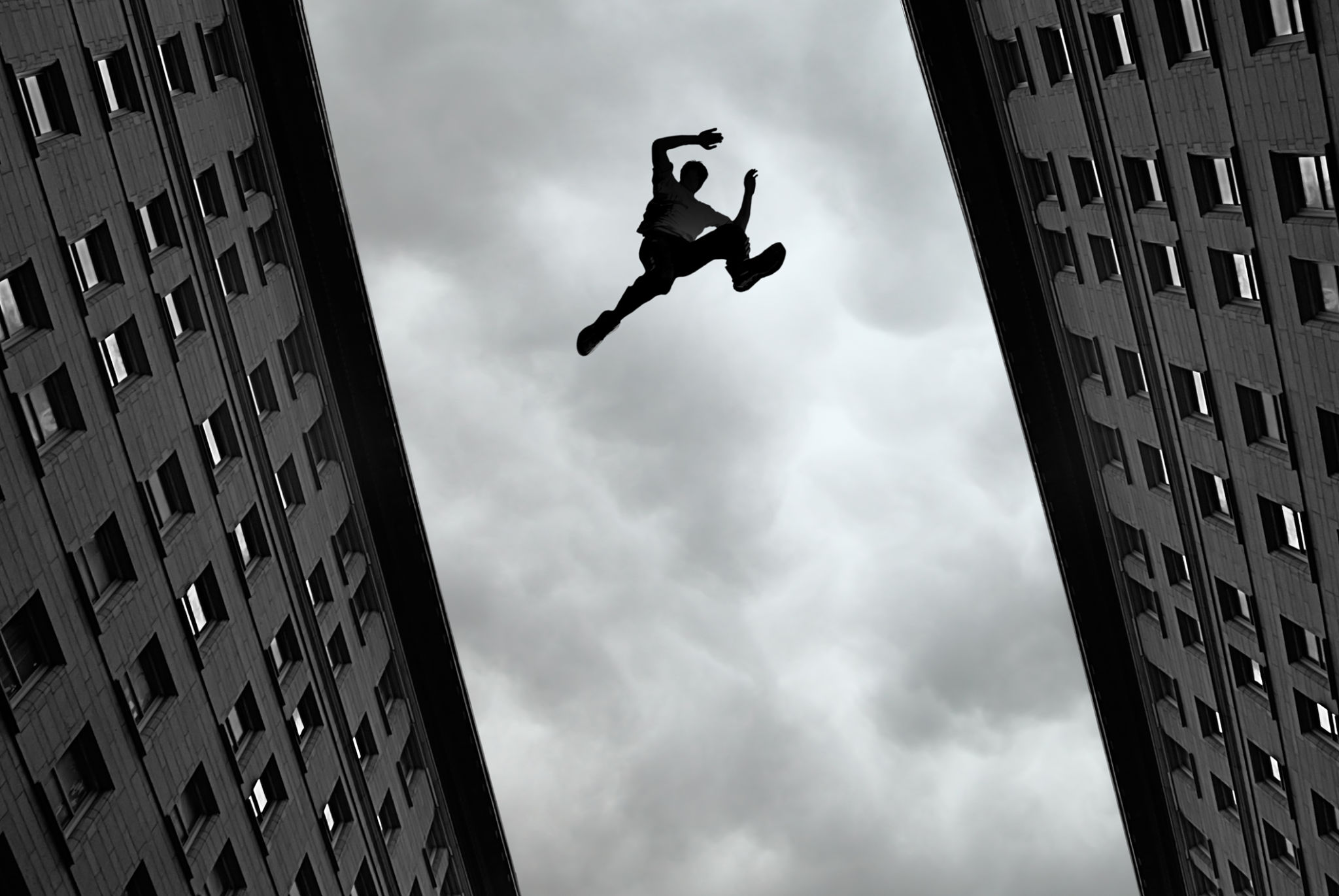Exploring Freerunning: Comparing Parkour to Traditional Gymnastics
RH
Understanding Freerunning and Its Roots
Freerunning, an exhilarating physical discipline, is often associated with parkour, yet it has distinct characteristics that set it apart. Originating from military obstacle course training, parkour focuses on efficient movement from one point to another. Freerunning, however, incorporates aesthetic elements and self-expression, making it more artistic in nature. While both share similarities, exploring their differences reveals unique insights into the world of movement arts.
Traditional gymnastics, on the other hand, is a well-established sport with structured routines and techniques. It emphasizes precision, control, and performance within a competitive framework. Comparing freerunning to gymnastics offers a fascinating perspective on how movement is utilized in various contexts.

The Essence of Parkour
Parkour practitioners, known as traceurs, prioritize functionality and speed. Their goal is to navigate environments fluidly and adaptively, overcoming obstacles with minimal effort. Key techniques include vaults, rolls, and jumps, all designed to maintain momentum and flow. The philosophy behind Parkour emphasizes utility and the ability to traverse any terrain efficiently.
In contrast, freerunning expands beyond utility. While it retains the core movements of Parkour, it introduces acrobatics and creative flair. Freerunners often perform flips, spins, and other dynamic moves that add a personal signature to their style. This distinction highlights Freerunning as an evolution of Parkour that embraces individuality and artistic expression.
Gymnastics: A World of Precision
Traditional gymnastics is characterized by its focus on formality and precision. Gymnasts train rigorously to perfect their techniques, performing routines that demonstrate strength, flexibility, and balance. Competitive gymnastics is structured with specific events like floor exercises, vaults, and balance beam routines, each scored based on technical execution and artistic presentation.

Unlike Freerunning's spontaneous and fluid nature, gymnastics requires adherence to set choreography and rules. Gymnasts must adhere to strict guidelines to achieve high scores in competitions, making it a highly disciplined sport. This contrast with Freerunning's free-form approach underscores the diversity in movement disciplines.
Similarities and Differences
While Freerunning and Gymnastics differ in philosophy and execution, they share certain similarities. Both require a high level of physical fitness, coordination, and agility. Practitioners of both disciplines often cross-train to enhance their skills, benefiting from the complementary aspects of each practice.
- Physical fitness: Both require strength and conditioning.
- Coordination: Precision in movement is crucial.
- Agility: Quick adaptation to changing environments or routines.
The Growing Appeal of Freerunning
Freerunning has gained popularity due to its accessibility and the freedom it offers practitioners. Unlike Gymnastics, which often requires specialized equipment and facilities, Freerunning can be practiced virtually anywhere. Urban landscapes become playgrounds for Freerunners who use everyday structures as opportunities for creative expression.

This accessibility has contributed to a thriving global community of Freerunners who share their experiences through social media platforms. The community-driven nature of Freerunning encourages innovation and collaboration, further distinguishing it from the more individualized world of competitive Gymnastics.
Conclusion: Embracing Diverse Movement Arts
In conclusion, exploring Freerunning alongside traditional Gymnastics highlights the rich diversity within movement arts. While Gymnastics offers a structured path with clear objectives, Freerunning invites creativity and personal expression. Both disciplines provide valuable lessons in discipline, adaptability, and physical prowess.
Whether one chooses the precision of Gymnastics or the freedom of Freerunning, each offers unique opportunities for growth and self-discovery. As interest in these disciplines continues to rise, they serve as inspiring reminders of the limitless potential of the human body in motion.
